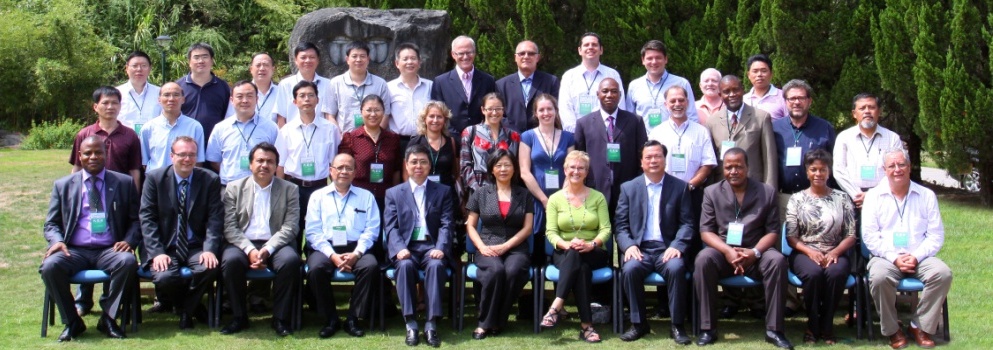
The fifth meeting of MegaFlorestais was held on September 20-23, 2010, and co-hosted by the State Forest Administration of the People’s Republic of China and the Fujian Forestry Department, in collaboration with the Rights and Resources Initiative. Delegates attended from Brazil, Cameroon, Canada, China, Democratic Republic of the Congo, Indonesia, Mexico, and the USA.
The meeting in the Wuyi Mountains continued MegaFlorestais’ focus on forest tenure, policy and regulations, and the changing roles of forest agencies – issues that are particularly critical because of the increased attention being paid to forests in the global discussions on climate change mitigation and adaptation.
Topics discussed
- Tenure, rights and public forest reform: Lessons from China and other countries;
- REDD+ & climate change mitigation: Status of negotiations and ways out of stalemate;
- Climate change adaptation and forest restoration: Lessons from history, implications for REDD+;
- Growing competition for land: What will it mean for people and the forest industry? ;
- Regulating community and private/household forests: A growing challenge;
- Changing markets for forest biomass and energy;
- Strengthening forest agencies to work across government sectors; and
- Reshaping the global architecture for forestry.
Field trip: Visit to the Wuyishan Nature Reserve, Fujian Province
During the visit to the Wuyishan Nature Reserve, participants witnessed how conservation areas recognizing inhabitants’ rights can support strong enterprises and job creation while achieving biodiversity goals.
Resources and Presentations
- Synopsis (including the agenda and list of participants)
- Don Roberts – Convergence of the Markets for Food, Feed, Fuel and Fiber: Opportunities or Cause for Concern for Global Forests?
- Xu Jintao – Collective Forest Tenure Reform: Preliminary Evaluation
- Arvind Khare – Public Forest Reform: Rationales, Experiences, Questions
- Leslie Weldon – The Challenge of Land Management in an Era of Climate Change
- Hosny El-Lakany – Not easy, fast or cheap: A framework for identifying the real cost of REDD
